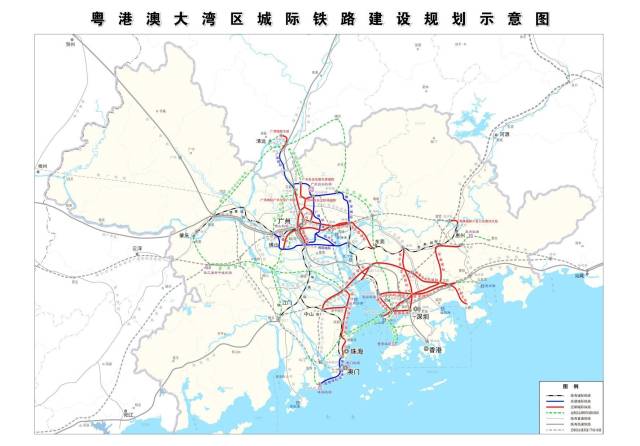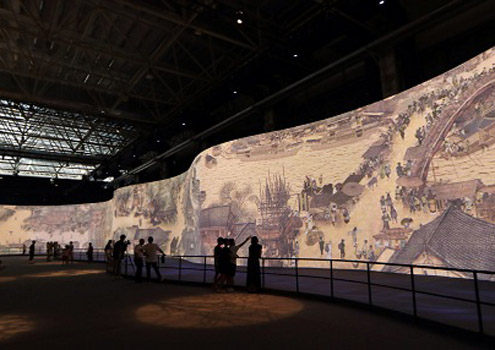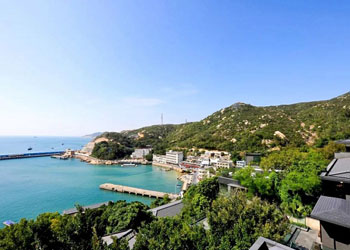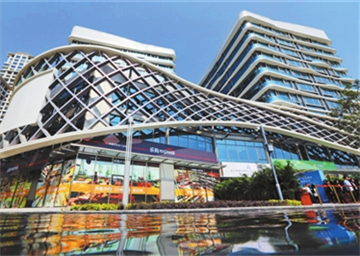Nansha-Zhongshan-Zhuhai MRT steps toward reality
The 79-km (49-mile) Nansha-Zhongshan-Zhuhai Intercity MRT, costing 48.6 billion yuan ($7 billion), is among 13 rail lines listed in the Guangdong-Hong Kong-Macao Greater Bay Area (GBA) Intercity MRT Construction Plan to come under construction soon.
Recently approved by the National Development & Reform Commission, the overall plan calls for new rail lines with a combined length of 775 km (482 miles). They will bring travel between major GBA cities down to one hour. Runs will take no more than two hours between a major GBA city and other prefecture cities in Guangdong. And it will take three hours or so to go from major GBA cities to a capital city in a neighboring province or autonomous region.

Guangdong-Hong Kong-Macao Greater Bay Area Intercity MRT Construction Plan [Photo courtesy Guanhai App]
In addition, the plan proposes five hub projects to realize connectivity between intercity MRTs, high-speed railways, and truck rail lines as well as transfer between them and urban rail transit. Notably, Zhuhai Hezhou Railway Station, Jiangmen, and Zhongshan North are hubs on the west bank of the Pearl River Estuary. They will be supplemented by Zhuhai, Zhongshan, Pengjiang (Jiangmen), and Hengqin stations.
Zhuhai Hezhou Railway Station (near where the Jiangmen-Zhuhai Expressway meets Zhuhai Avenue) will handle interregional and intercity trains. It will connect to the Guangzhou-Zhuhai (Macao) and Zhuhai-Zhaoqing high-speed railways in the near term.
Responsible for intercity transport, Zhuhai Railway Station in Gongbei will soon connect to Guangzhou-Zhuhai and Nansha-Zhongshan-Zhuhai Intercity MRTs, Zhuhai Airport Urban Rail Transit, and Macao Light Rail Transit.
MRTs will also be linked to Macao Light Rail Transit at Hengqin Railway Station to integrate Macao into the national railway network, high-speed railways, and intercity trains. The Guangzhou-Zhuhai Intercity MRT will access the New Guangdong-Macao Channel (Qingmao Checkpoint) via Zhuhai Railway Station.
According to the plan, a 4,700-km (2,920-mile) railway network in the Greater Bay Area will take form by 2025, covering all core and node cities in the region.



